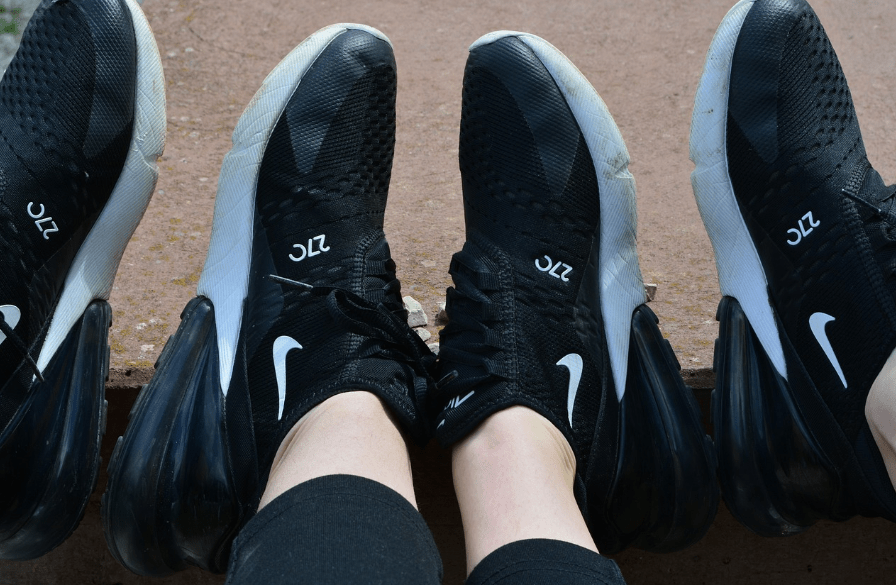What is RED-S?
Relative Energy Deficiency in Sport (RED-S) is a condition that has been gaining attention and awareness in recent years across elite and recreational sporting populations. RED-S was previously described as the ‘female athlete triad’ because it is characterised by low energy availability, absence of periods and low bone density which are also affected by the dysregulation of hormones, including Oestrogen. However, in 2014, RED-S was introduced by the International Olympic Committee to reflect the vast amounts of research that discovered there were much wider physiological consequences affecting the body in both men and women of any age group. The hard reality is that many of us are unconsciously increasing our susceptibility to this condition. Over-training in combination with under-eating and under-nourishing, increases the risk of RED-S.
What Causes RED-S?
RED-S is ultimately a long-term mismatch between our energy intake and our energy expenditure. This is essentially a result of undereating or not eating a healthy balanced diet including all the essential food groups groups, vitamins and minerals and over-training. This has a negative impact on many parts of the body, which can have adverse effects on our health and performance.
What are the Symptoms of RED-S?
The physical signs and symptoms of RED-S can include:
- Amenorrhea, which is the loss or irregularity of women’s monthly periods.
- Decreased Bone Density: Insufficient energy availability can lead to a reduction in bone mineral density and increases the risk of Stress fractures.
- Significant weight loss
- Fatigue
- Muscle cramps
- Dizziness when changing postures (orthostasis)
- Metabolic Dysfunction: This negatively affects metabolism, immune function and cardiovascular health.
- Immune dysfunction: Chronic energy deficiency can weaken the immune system making you more prone to illness and infections. This can lead to you more frequently becoming unwell or finding it harder to shift common colds.
- Gastrointestinal problems and gut-related problems
It’s also important to not overlook the importance of the mental and psychological impacts that can be involved in RED-S. Some of the psychological signs of RED-S that can be experienced may include:
- Increased generalised anxiety or depression.
- Body dysmorphia
- Difficulty concentrating
- Mood swings or being easily angered.
- Preoccupation with weight and eating.
Why does RED-S affect so many processes in the body?
RED-S has a diverse effect on the body because it alters the functioning of the endocrine system, which is the hormonal system of the body. Insufficient energy availability disrupts the normal functioning and production of various hormones that are crucial for bone health, metabolism, immunity, and reproductive health. RED-S can also negatively impact the cardiovascular system by decreasing cardiac output and increasing risks to cardiovascular health.
What are the effects of RED-S on Women?
For women, this hormonal imbalance can lead to menstrual dysfunction. This is primarily associated with the disruption of the hypothalamic-pituitary-gonadal (HPG) axis which is the major hormonal pathway that governs the reproductive system. This has been shown to have detrimental longer-term impacts on a woman’s fertility. Additionally decreases in the hormone oestrogen has a significant impact on bone health, increasing the risk of stress fractures and delayed recovery after exercise.
What are the effects of RED-S on Men?
RED-S can lead to a reduction in the male hormone, testosterone. This can result in a reduction in muscle mass, decreased libido and increased risk of stress fractures. Research has also shown there to be a correlation between RED-S and the increased development of visceral fat, leading to weight-gain- Thus resulting in the opposite of what fitness goals you are trying to achieve.
How Can We Manage and Prevent RED-S?
There is no one-size fits all approach to the management and prevention of RED-S as it is very individualised to the person and the condition is multifactorial and very complex. Its effects on the body are not isolated but rather a result of the intricate relationships between energy availability, hormonal regulation, and various physiological systems. Prevention and early intervention are key to mitigating the long-term impacts of RED-S on an athlete’s health and performance. However, there are a few things you can do to ensure that you are training healthily.
- Eat a healthy well-balanced diet (It’s NOT all about calories): Ensure to incorporate enough protein, fats, carbohydrates into your diet. Food is fuel, especially if you are training you need to adjust your intake appropriately to ensure your body has the energy to meet the demands of your training load and your daily life.
- Educate yourself and seek advice: If you feel you have any of the symptoms that have been discussed in the blog or you would like to seek more information about your current training or nutrition. You can also contact us at Tops: health and we would happily offer support and guidance to help you.
- Rest and Recover: Managing your training loads and allowing your body to have time to rest and recover is vital for your health, injury prevention and performance.
- Monitor yourself and Regularly Review: Monitoring energy levels and moods can be beneficial to notice any unexplained changes. Women, you can track your periods to help you notice if there are any irregularities.
- Early Intervention: Act promptly if you notice signs of RED-S or related issues. Early intervention can prevent the progression of the syndrome and minimize long-term health consequences. At Tops:health we are here to help discuss any concerns with you or if you want to know more about what you can do to ensure you are training at your best.
Conclusion:
Relative Energy Deficiency in Sport is a multifaceted issue that requires a holistic approach to prevention and management. Athletes, coaches, and healthcare professionals must work collaboratively to promote a culture of health, emphasising the importance of nutrition, recovery, and overall well-being. By understanding and addressing RED-S, we can ensure optimal performance but also maintain long-term health and resilience.



